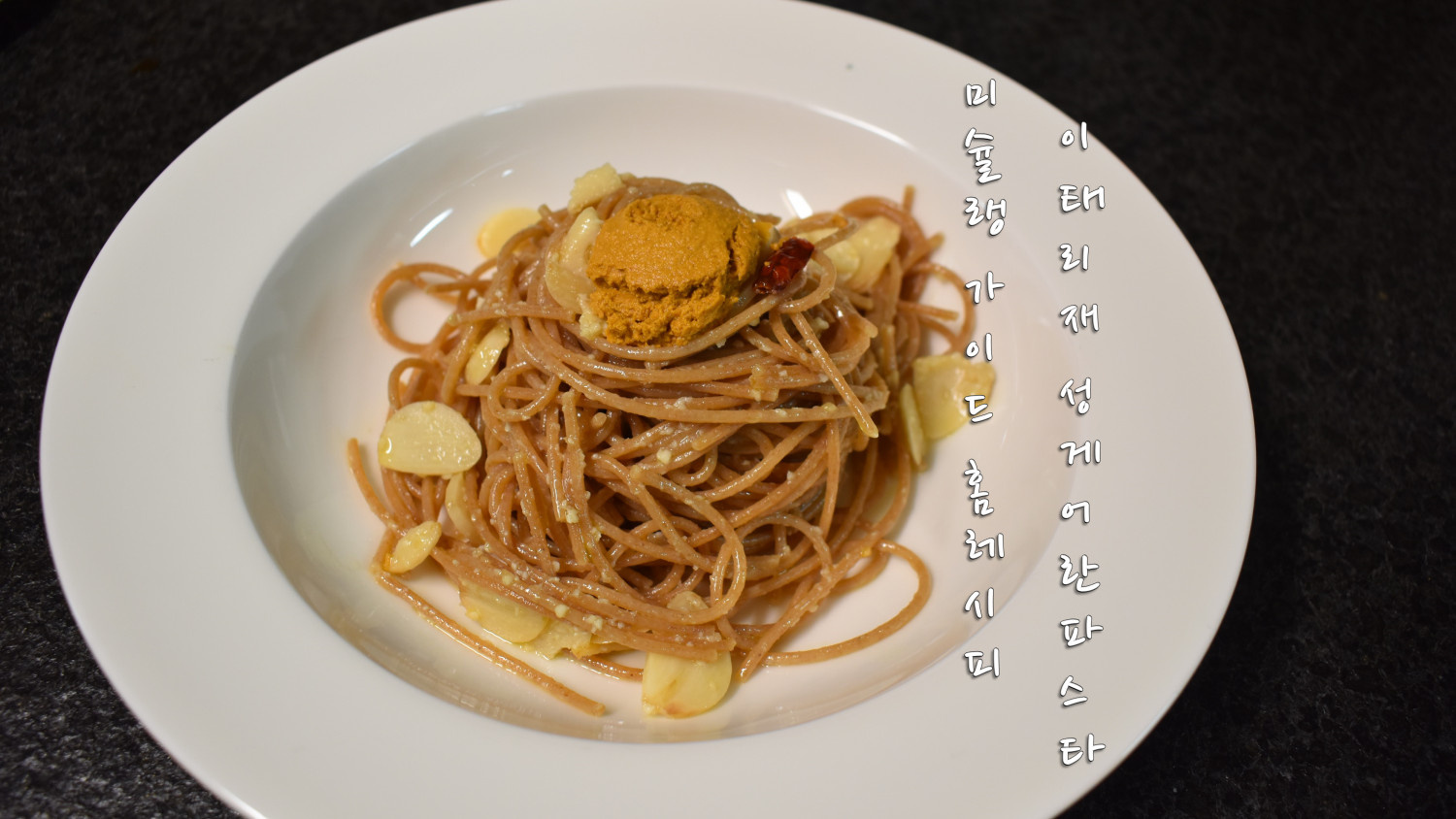
[Cooking with sea urchin roe] Michelin guide Italian sea urchin
Today's dish is sea urchin roe pasta, which starts with the perfect aglio e olio. All the knowledge of pasta, including fire strength, noodle concentration, aldante time, and mantecare, is contained in this recipe.
The sea urchin pasta is a pasta that I ate at a place called Italian ashes. As it is a house introduced in the Michelin Guide, it was difficult to follow the menu there, but for this dish, I've been building up the basics from the basics, and finally today. I was able to make a sea urchin pasta that was almost close.
1 serving
Within 15 minutes
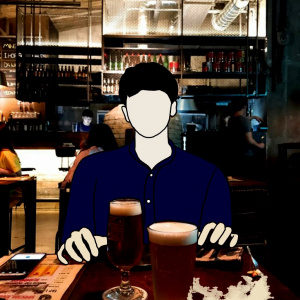
혀노K
- Ingredients
-
-
Garlic4piece
-
crushed garlic1piece
-
Chicken stock2TS
-
If it's pasta100g
-
bay leaf1piece
-
peperoncino2piece
-
- Video
-
- Cooking Steps
-
STEP 1/9Prepare 3 pieces of garlic by side and 1 piece by mincing. Adjust the concentration of water from 0.7 to 1.0%. If you are using chicken stock, season with a slightly dull soup salinity.
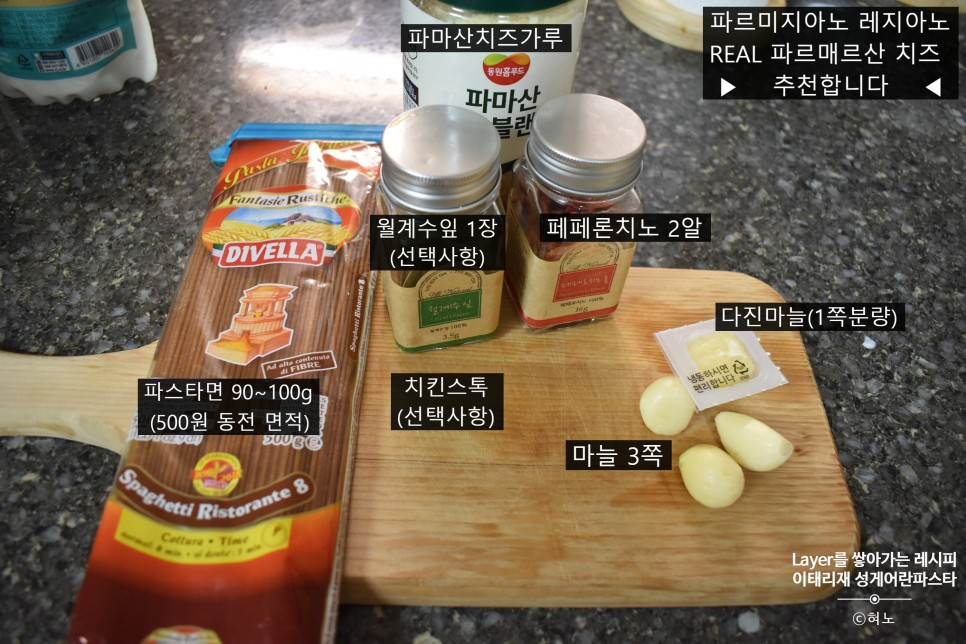 STEP 2/9Place 4 tablespoons of extra-vergine in a non-heated pan and cook over low heat starting with sliced garlic.
STEP 2/9Place 4 tablespoons of extra-vergine in a non-heated pan and cook over low heat starting with sliced garlic.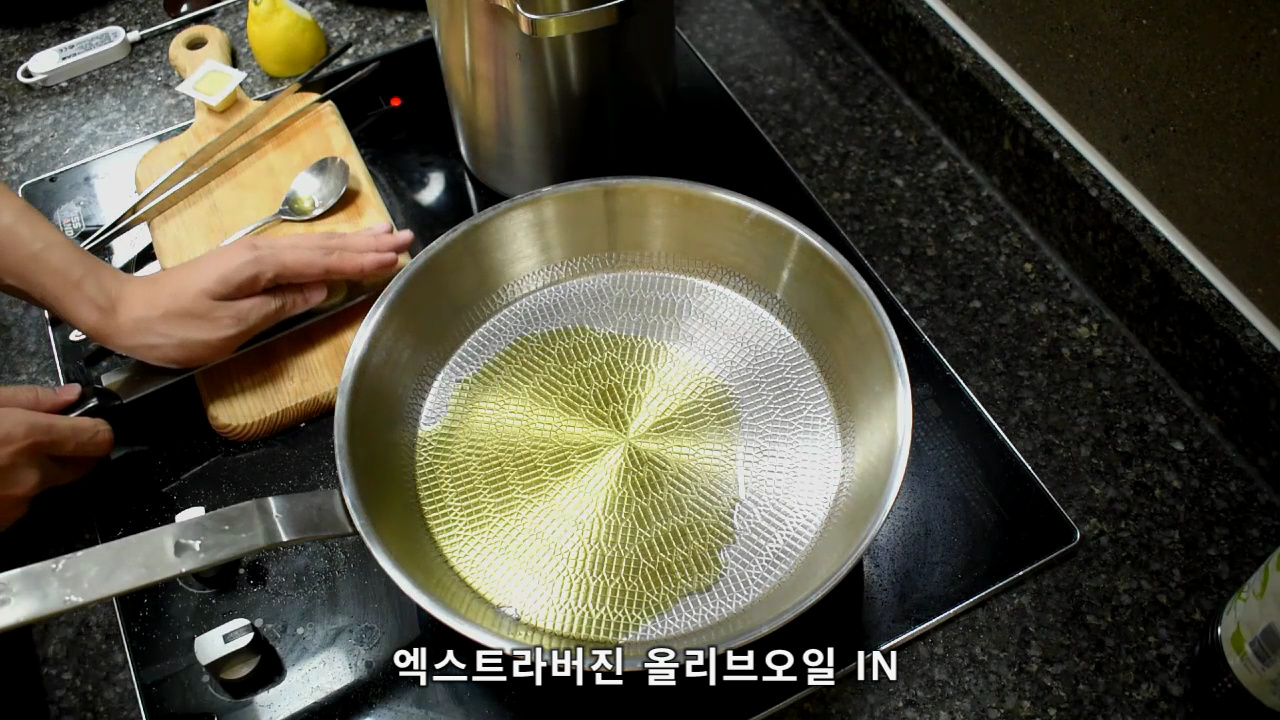 STEP 3/9Just before the color comes up on the sliced garlic (approximately 1 minute later), add minced garlic to maximize the garlic scent.
STEP 3/9Just before the color comes up on the sliced garlic (approximately 1 minute later), add minced garlic to maximize the garlic scent.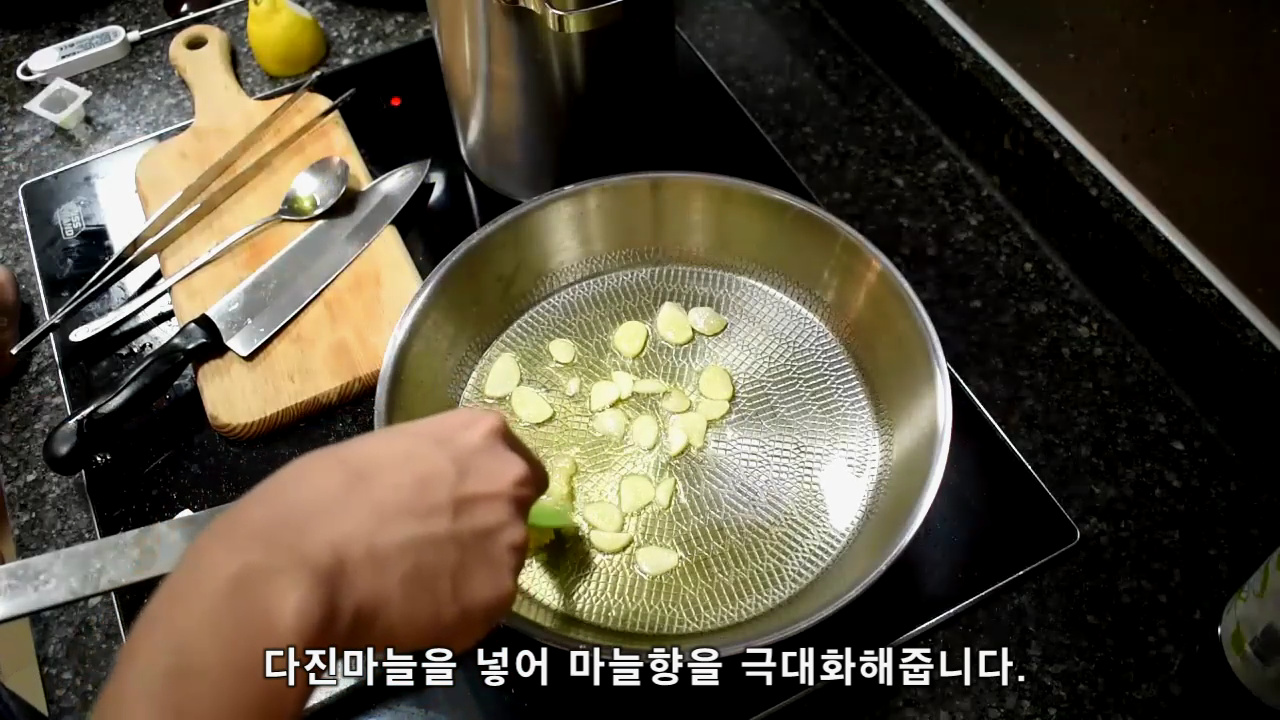 STEP 4/9Add the layer with bay leaves and peperoncino. Wolgye leaves have a very small effect, so if you don't have them, you can skip them.
STEP 4/9Add the layer with bay leaves and peperoncino. Wolgye leaves have a very small effect, so if you don't have them, you can skip them. STEP 5/9Add the boiling noodle soup ladle to the sauce and mix well.
STEP 5/9Add the boiling noodle soup ladle to the sauce and mix well.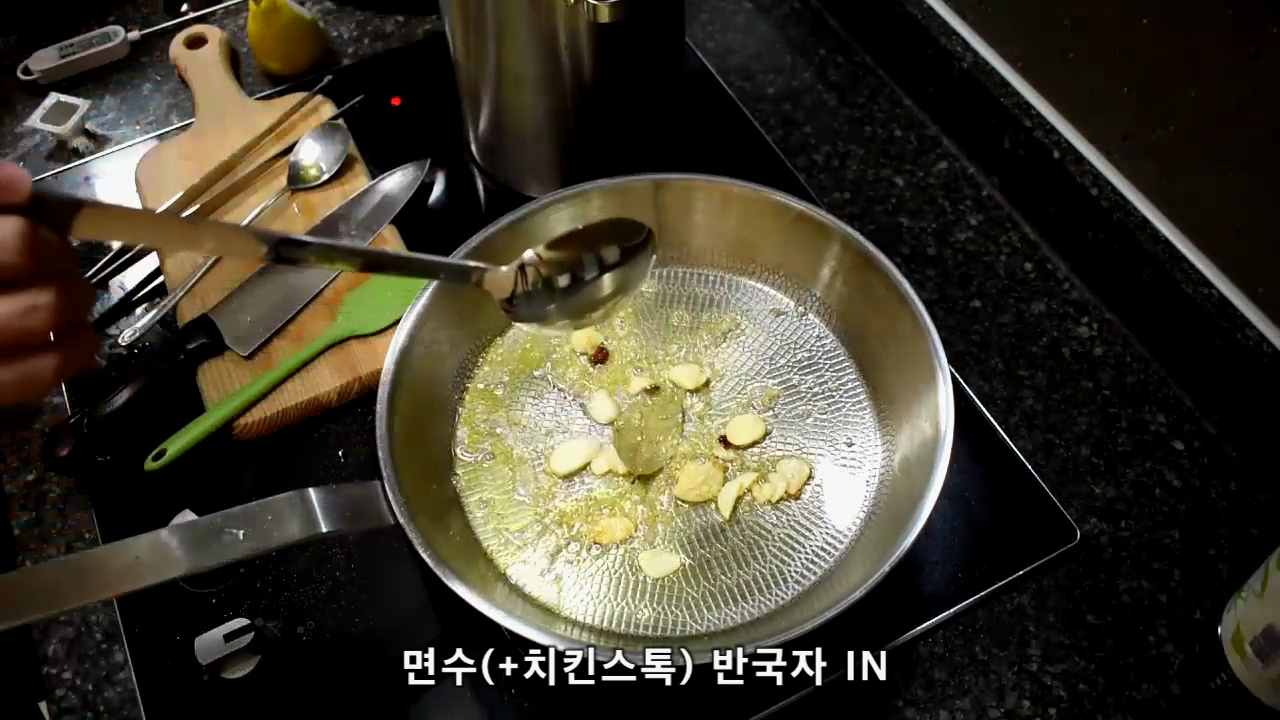 STEP 6/9Transfer the noodles 2 minutes earlier from Aldante time to a pen and boil for another 1 minute.
STEP 6/9Transfer the noodles 2 minutes earlier from Aldante time to a pen and boil for another 1 minute.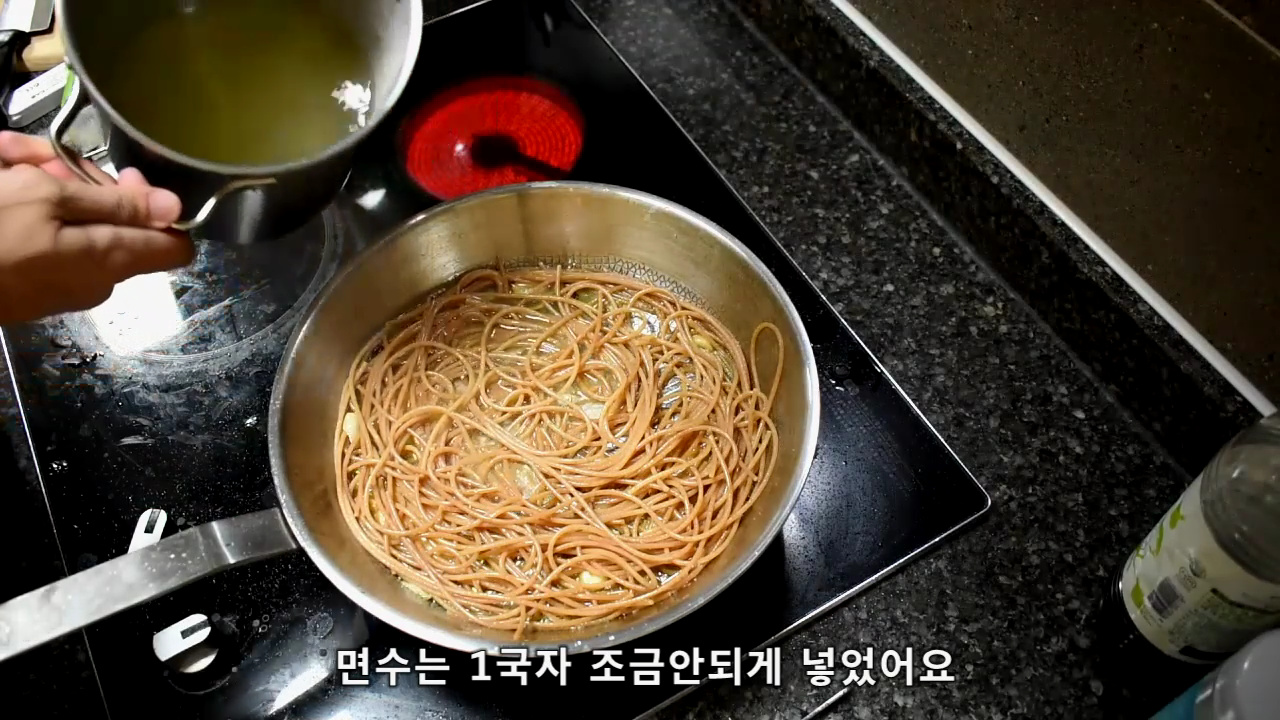 STEP 7/9Have you heard of Mantegaret? So far, we've put a lot of effort into combining oil sauce and noodle water into one. At the end of the process, there's a mantecare.
STEP 7/9Have you heard of Mantegaret? So far, we've put a lot of effort into combining oil sauce and noodle water into one. At the end of the process, there's a mantecare.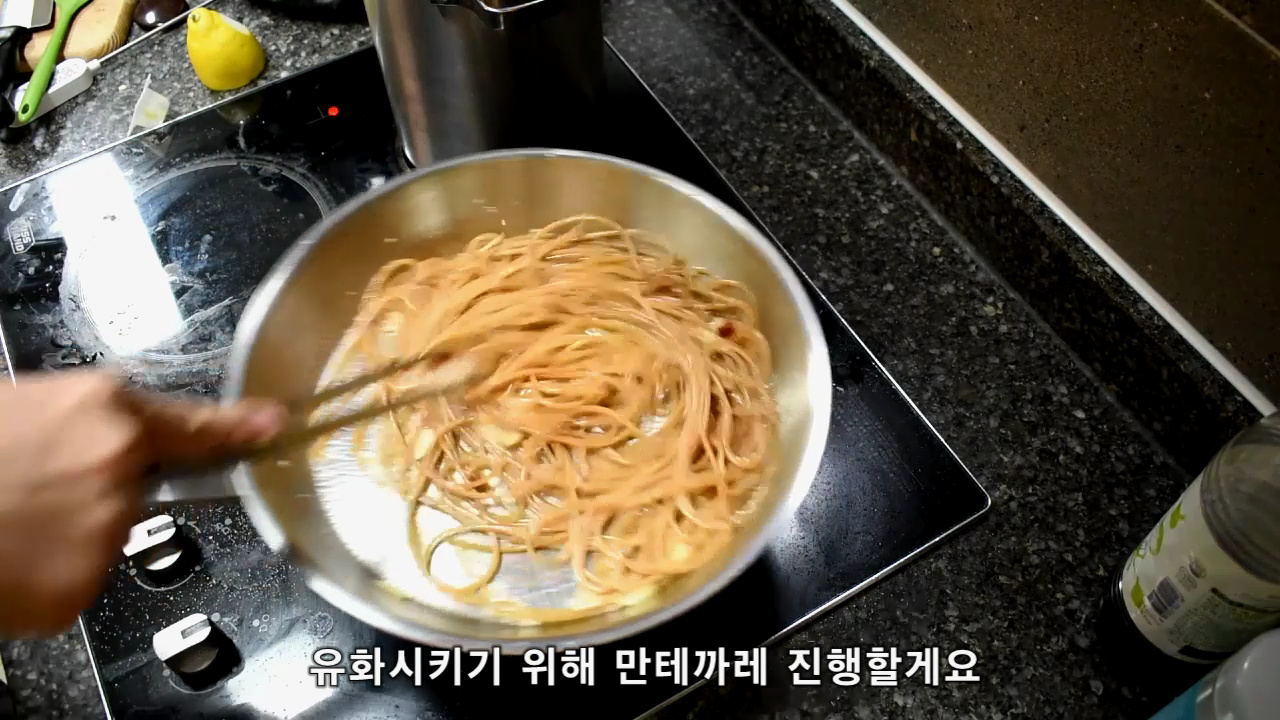 STEP 8/9After mantecare, sprinkle with parmesan and mix well.
STEP 8/9After mantecare, sprinkle with parmesan and mix well.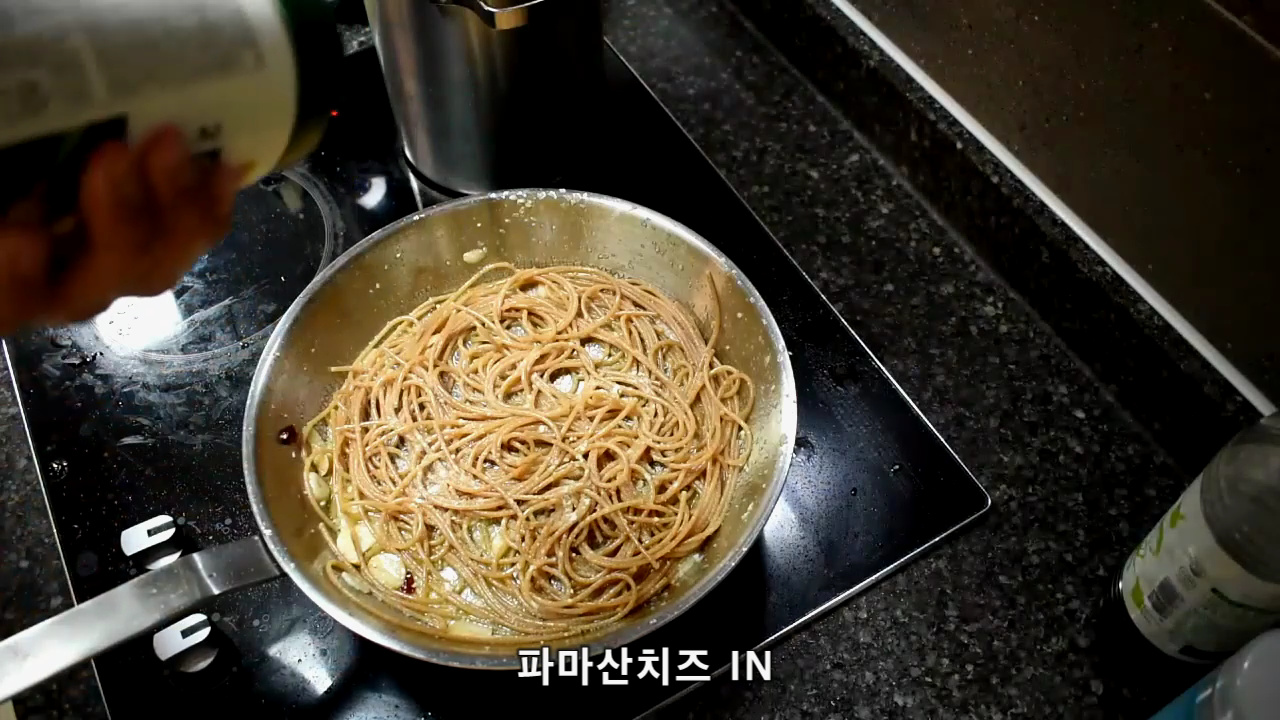 STEP 9/9After plating, finish with 1 teaspoon of sea urchin roe. Take a picture and mix the sea urchin roe and pasta well.
STEP 9/9After plating, finish with 1 teaspoon of sea urchin roe. Take a picture and mix the sea urchin roe and pasta well. Be careful of salinity when cooking pasta as well as aglio e olio. For example, in the case of Parmesan cheese powder that I used, there is little salinity. When you eat pizza, even if you put Parmesan cheese powder on it, you didn't get the feeling that it was it? But in the case of Parmigiano Regiano, which I introduced you to, there's a little salinity. At this time, when boiling noodles in a pan, add bottled water instead of noodle water to adjust the salinity, and you can take the salinity like this. If you are curious about the focus of this dish and how to improve it, you can check it through the link below. Posting a sea urchin pasta https://blog.naver.com/kevin2376/222018538081
Be careful of salinity when cooking pasta as well as aglio e olio. For example, in the case of Parmesan cheese powder that I used, there is little salinity. When you eat pizza, even if you put Parmesan cheese powder on it, you didn't get the feeling that it was it? But in the case of Parmigiano Regiano, which I introduced you to, there's a little salinity. At this time, when boiling noodles in a pan, add bottled water instead of noodle water to adjust the salinity, and you can take the salinity like this. If you are curious about the focus of this dish and how to improve it, you can check it through the link below. Posting a sea urchin pasta https://blog.naver.com/kevin2376/222018538081
- Cooking review
-
5.00score
-
 295*****scoreThanks to the recipe, I was able to have a very delicious dinner! Thank you!2021-09-02 20:38
295*****scoreThanks to the recipe, I was able to have a very delicious dinner! Thank you!2021-09-02 20:38
-
- Japchae Recommended recipe
-
-
1
 A more delicious japchae with a golden recipe4.87(15)
A more delicious japchae with a golden recipe4.87(15) -
2
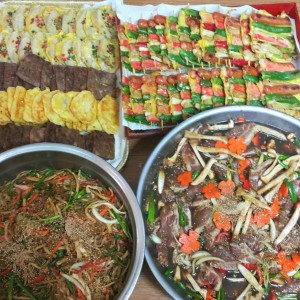 Let's captivate your appetite with the holiday food's ever-prese4.83(12)
Let's captivate your appetite with the holiday food's ever-prese4.83(12) -
3
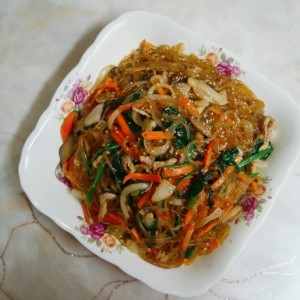 How to make japchae, making feast dishes with golden recipes!4.90(31)
How to make japchae, making feast dishes with golden recipes!4.90(31) -
4
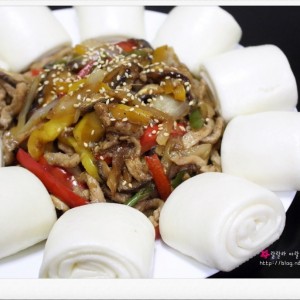 (Drinking at home) Chili Chili Japchae - Home Party / Guest Serv4.97(270)
(Drinking at home) Chili Chili Japchae - Home Party / Guest Serv4.97(270)
-
- stir-fried Rice Cake Recommended recipe
-
-
1
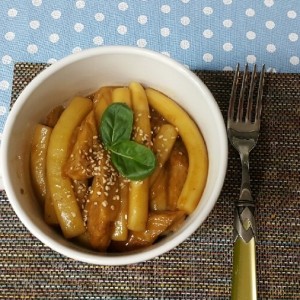 Soy sauce tteok-bokki. Good for kids, good snacks4.66(32)
Soy sauce tteok-bokki. Good for kids, good snacks4.66(32) -
2
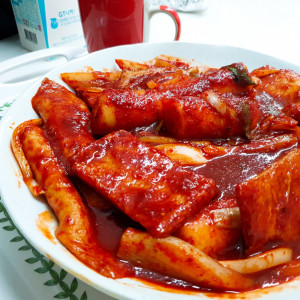 Tteokbokki with rice cake4.89(35)
Tteokbokki with rice cake4.89(35) -
3
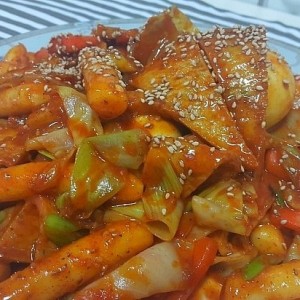 How to make spicy tteokbokki deliciously4.90(39)
How to make spicy tteokbokki deliciously4.90(39) -
4
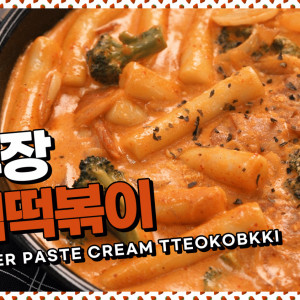 This is the Rose of Korea! Soft and spicy red pepper paste cream4.90(31)
This is the Rose of Korea! Soft and spicy red pepper paste cream4.90(31)
-